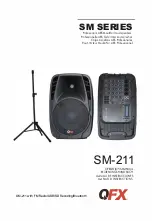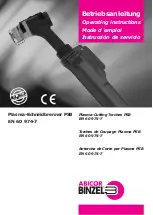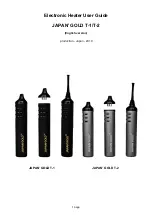
- 13 -
2) Board thickness
Strength and weight are key factors for enclosures to assure optimal sound quality. Low cost enclosures
allow for undesirable resonances to be generated, and, as a consequence, listeners end up with monitoring
sounds that contain signals not present in the fed signals. NF-1, very unlike other 11 liter volume
enclosures, uses a 21 mm thick MDF material to add extraordinary rigidity to it. Our concern for rigidity
is especially apparent in the front baffle to which the woofer is mounted. It measures 33 mm thick to
ensure sufficient strength for positive fastening of drivers within the enclosure, as well as consideration to
time alignment. Rounded edges of the front baffle reduces reflection of mid-frequency sounds from the
edges.
3) Sound absorbent materials
Inclusion of sound absorbent wool in
enclosures is commonplace. This
practice, however, exhibits the following
problems:
4) Introduction of HP sound reflectors
To solve issues related to sound absorbents, we developed a new
means where an HP system reflector is employed to prevent
generation of standing waves in enclosures.
The idea is to have the sound present in enclosures to be
extinguished naturally by making it reflected diffusely, creating
conditions in which no standing waves may develop. Given below
is a comparison of sound pressure characteristics occurring in
enclosures.
Figure16 involves glass wool. Effective attenuation occurs to high
frequency sound only.
Bass sound is attenuated only minimally and abruptly, with
disturbance resulting.
Figure15
Figure16
Loss of dynamism and reduced
massiveness in bass sound occur
due to impediment to movement
of air in enclosures if a large
magnitude is applied. This
adverse effect is more obvious if
an excessive amount of absorbent
material is stuffed into enclosures
in an attempt to extend the base
reproduction range.
Absorbency of absorbent
materials is frequency-dependent.
So, they color sound reproduced
by the speakers, representing the
absorbent's characteristics.
Generally, short wavelengths, or
high frequency sounds, can be
absorbed but mid- and bass sound
cannot, causing disturbance in
attenuation characteristics.
a.
b.
without glass wool and HP reflector


































